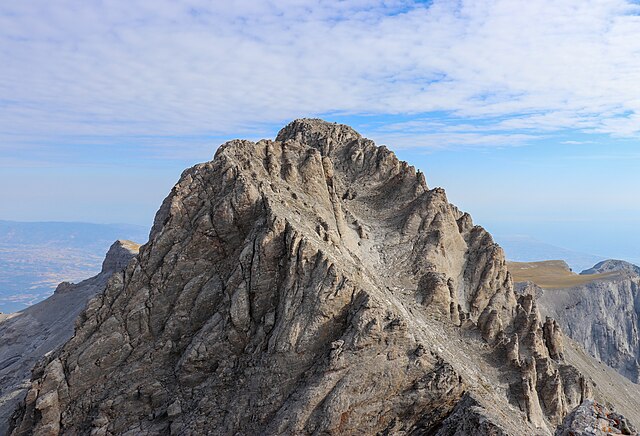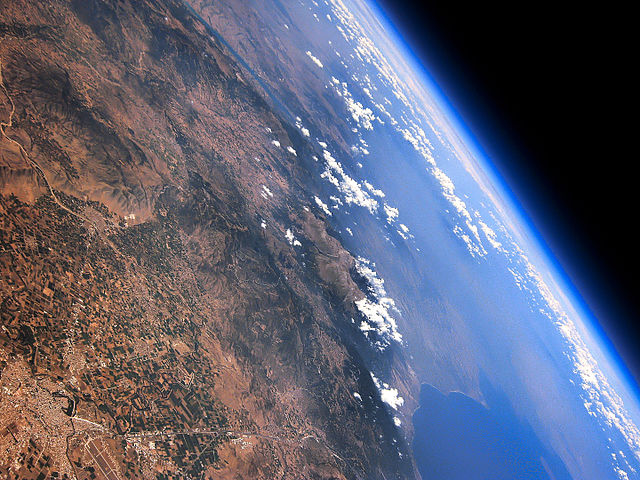Greece is characterized by an extremely fragmented, rugged landscape hosting a great diversity of ecosystems and an outstanding biodiversity. Almost 5% of its extensive coastline consists of ecologically sensitive wetlands. Two thirds of the total population live no further than 2 km from the coast and most of the important urban centers are coastal, while almost all of the tourist infrastructure is divided among islands and the coastal mainland.
Image: Mount Aenos
Image: Oiti 05
Image: Mount Olympus
Image: Parnassos 1
Mount Olympus is the highest mountain in Greece. It is part of the Olympus massif near the Thermaic Gulf of the Aegean Sea, located in the Olympus Range on the border between Thessaly and Macedonia, between the regional units of Larissa and Pieria, about 80 km (50 mi) southwest from Thessaloniki. Mount Olympus has 52 peaks and deep gorges. The highest peak, Mytikas, meaning "nose", rises to 2,917.727 metres (9,572.60 ft). It is one of the highest peaks in Europe in terms of topographic prominence.
Mount Olympus' peaks in daytime
Mytikas: the highest peak
Stratospheric view of Mount Olympus
Muses' Plateau, with Stefani (the throne of Zeus) in the background








